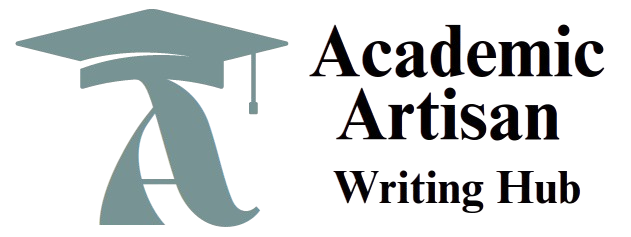WhatsApp Number: +1(249) 265-0080
Transformational Leadership Challenges
Overview
Please read the Integrative Case 1.0 on pages 623-632 of the Daft text and respond to all four questions on page 632.
Instructions
Please make sure to address the following:
· Identify the key roles and organizational issues through an introduction (this is not the abstract page).
· Evaluate and analyze the issues and problems facing the organization and integrate specific and relevant organizational and leadership theories.
· Provide your personal perspective on the case, applying theories and perspectives.
· Examine the Bible and discuss what the Scriptures say about the depicted organizational issue(s).
Check our essay writing services here
Transformational Leadership Challenges
Introduction
Integrative Case 1.0 in Daft’s Organization Theory and Design (2021) explores Semco, a Brazilian company under Ricardo Semler’s leadership, which transformed from a traditional, hierarchical structure to a radically decentralized model (pp. 623-632). Key roles include Semler as the visionary CEO, employees empowered as autonomous decision-makers, and a minimal management team fostering flexibility. Organizational issues include initial resistance to non-traditional structures, challenges in maintaining accountability, and balancing autonomy with organizational goals. This paper evaluates these issues using transformational and servant leadership theories, offers a personal perspective on Semler’s approach, and integrates biblical principles to address the depicted organizational challenges.
Evaluation and Analysis of Organizational Issues
Semco’s shift to a decentralized, employee-driven model disrupted conventional organizational structures, presenting both opportunities and challenges. The primary issues include employee resistance to autonomy, potential inefficiencies from reduced oversight, and the need to align individual initiatives with organizational objectives. Transformational leadership theory, which emphasizes inspiring followers to achieve higher performance through vision and empowerment (Daft, 2021), is central to understanding Semco’s approach. Semler’s leadership aligns with this theory by fostering a shared vision of innovation and flexibility, encouraging employees to set their own salaries and schedules. However, resistance from employees accustomed to hierarchical structures posed a challenge, as some struggled with the ambiguity of self-management (Daft, 2021, p. 626).
Servant leadership theory, which prioritizes serving others and fostering community (Greenleaf, 1977), also applies. Semler’s emphasis on employee empowerment and trust reflects servant leadership’s focus on enabling followers to grow and contribute meaningfully. Yet, the lack of formal controls risked inefficiencies, as evidenced by initial employee confusion over roles (Daft, 2021, p. 628). Recent research supports these theories: Burns and Martin (2020) found that transformational leadership enhances organizational innovation but requires clear communication to mitigate resistance, while Eva et al. (2019) note that servant leadership fosters trust but can lead to


